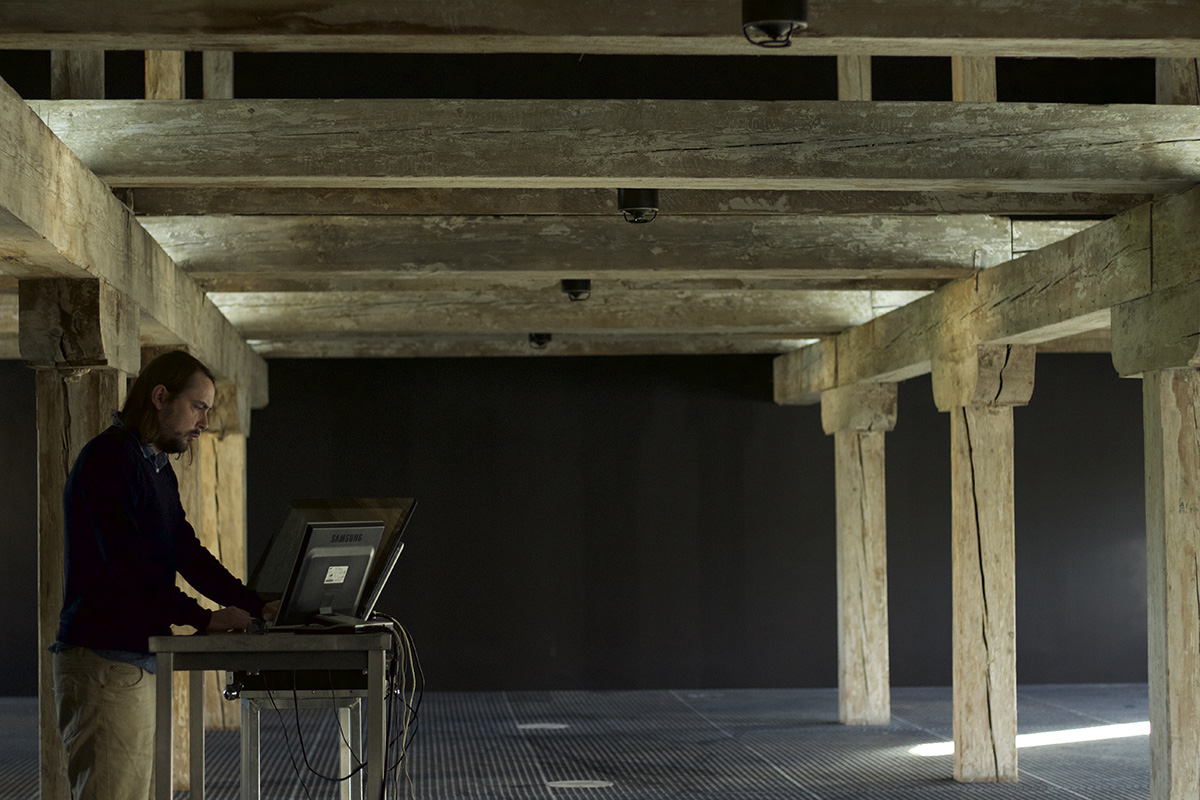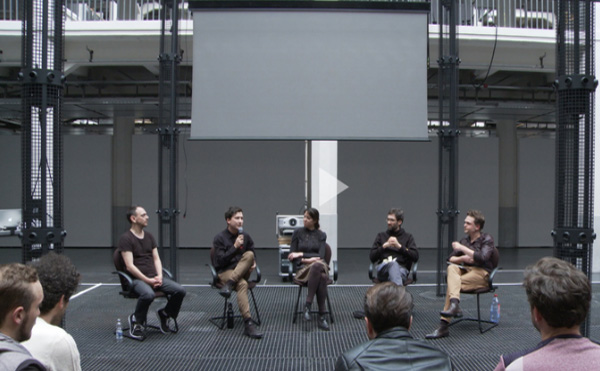Iannis Xenakis
Iannis Xenakis, (born May 29, 1922, Brăila, Romania—died February 4, 2001, Paris, France), Romanian-born French composer, architect, and mathematician who originated musique stochastique, music composed with the aid of electronic computers and based upon mathematical probability systems.
Xenakis was born to a wealthy family of Greek ancestry, and he moved to Greece in 1932. He fought in the Greek resistance movement during World War II, losing an eye. After graduation in 1947 from the Athens institute of technology, Xenakis was exiled from Greece owing to his political activities. He moved to Paris, where he was for 12 years associated with the architect Le Corbusier. During this time he designed the Philips Pavilion for the Brussels International Exhibition of 1958. During his 30s he turned seriously to musical composition, receiving training with Darius Milhaud and studying composition under Olivier Messiaen at the Paris Conservatory from 1950 to 1962. Following Messiaen’s suggestion, he began to use mathematical models in composing his musical pieces. His formal approach was rare among European composers, who had largely embraced serialism. In 1954 he began his experiments in stochastic music with the composition Métastasis. Xenakis’s article “La Crise de la musique sérielle” (1955; “The Crisis of Serial Music”) elucidated his rigorously logical techniques, wherein the performers—mostly on standard instruments—are directed by a specially devised notation to produce sounds specified by a computer programmed by the composer.
His work Achorripsis (1958) for 21 instruments, led Xenakis to formulate his minimal rules of composition. These rules were expanded in the program for ST/10-1,080262 (1956–62); the symbols of the title indicate that this is a stochastic work, his first for 10 instruments, computed on February 8, 1962. Several other compositions, including ST/4-1,080262 for string quartet, Atrées (Hommage à Blaise Pascal) for 10 instruments, and Morisma-Amorisma for 4 instruments, were based on the same program. For this series of works, he used an IBM 7090 computer to control note sequence, instrumentation, pitch, duration, and dynamics. The performers have no freedom to improvise, but the resulting sound is fluid, homogeneous, and natural.
Xenakis’s long and fruitful association with the Paris Instrumental Ensemble for Contemporary Music led to frequent performances and recordings of his works for chamber ensemble. He established the School of Mathematical and Automatic Music in 1966. Other works by Xenakis include Polla ta dhina for children’s chorus and orchestra (1962), Akrata (1964–65) for 16 wind instruments, and Cendrées (1974) for chorus and orchestra. He also composed works solely for electronic reproduction, such as Polytope of Cluny (1972), sound and light space with 7-channel electronic tape, and Mycenae A (1978), stereo tape realized with a UPIC computer, as well as works with both human and electronic components, such as Pour les Paix (1982), for mixed chorus, electronic tape, and narrators. O-mega (1997) for percussion and ensemble was his final composition. His published books include Formalized Music: Thought and Mathematics in Composition (1971; partially published in French as Musicques formelles, 1963) and a transcript of his 1976 thesis defense, Arts-Sciences, Alloys (1985; originally published in French, 1979).
Related:






